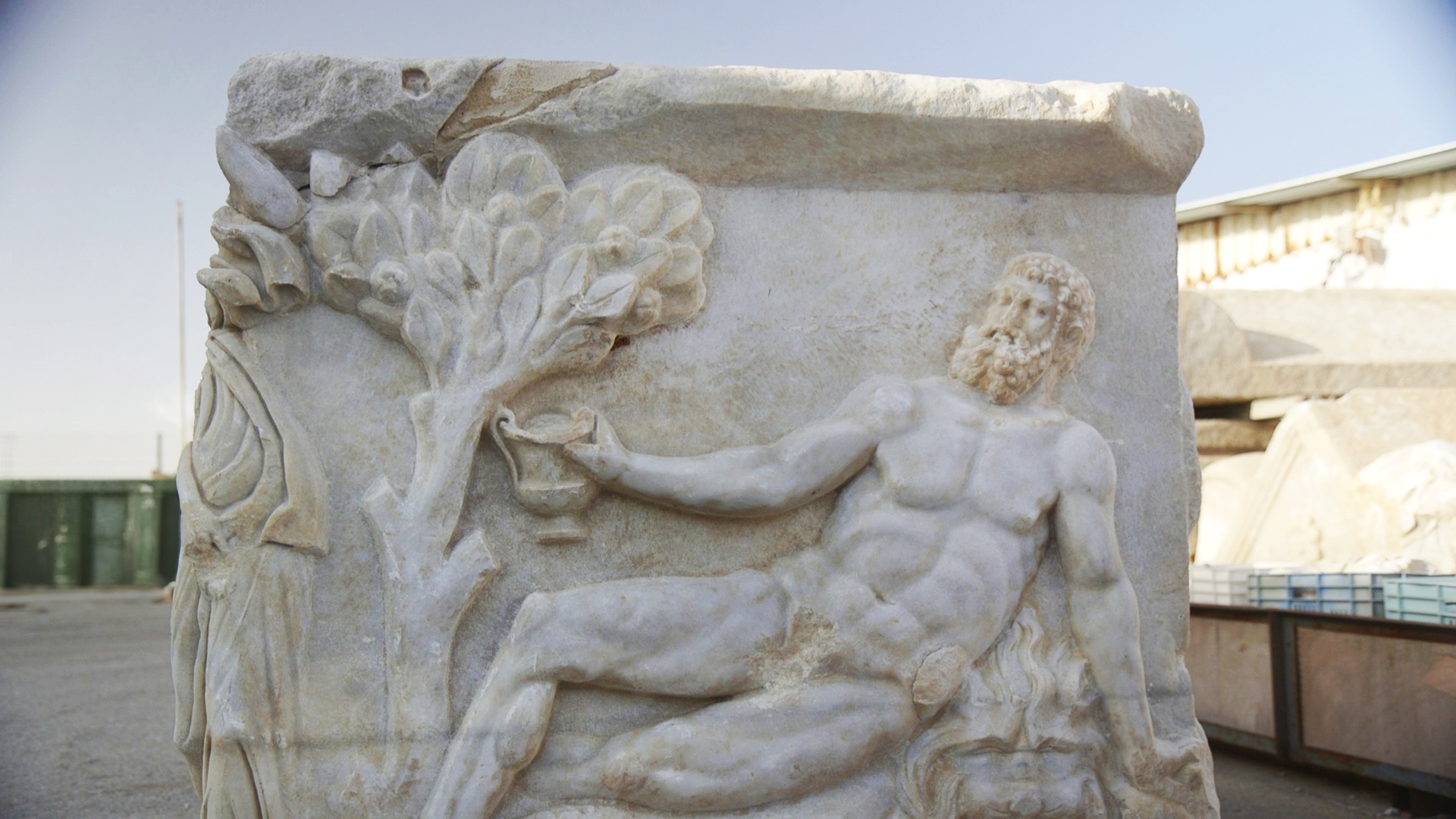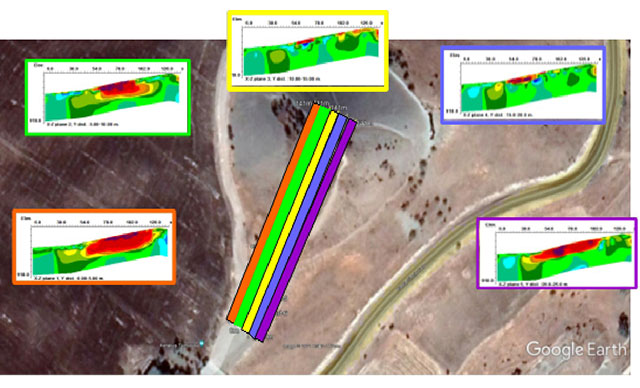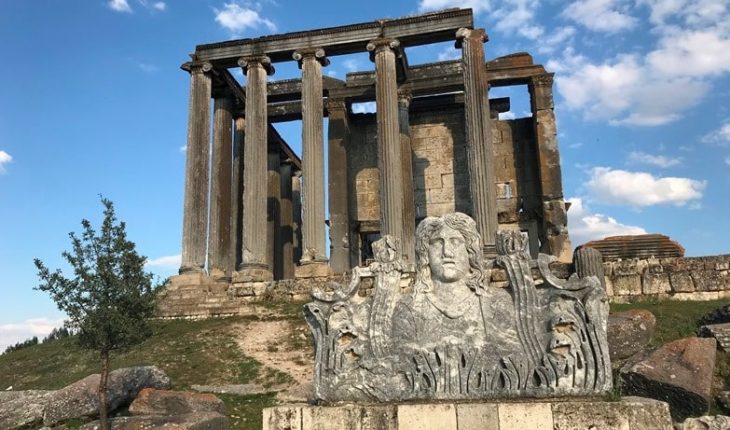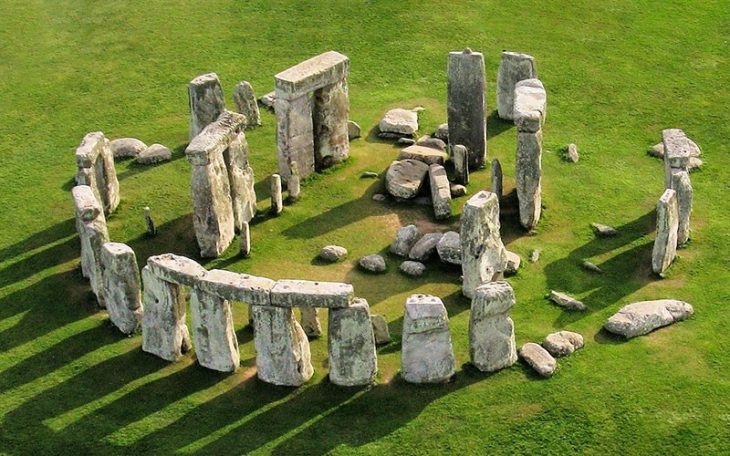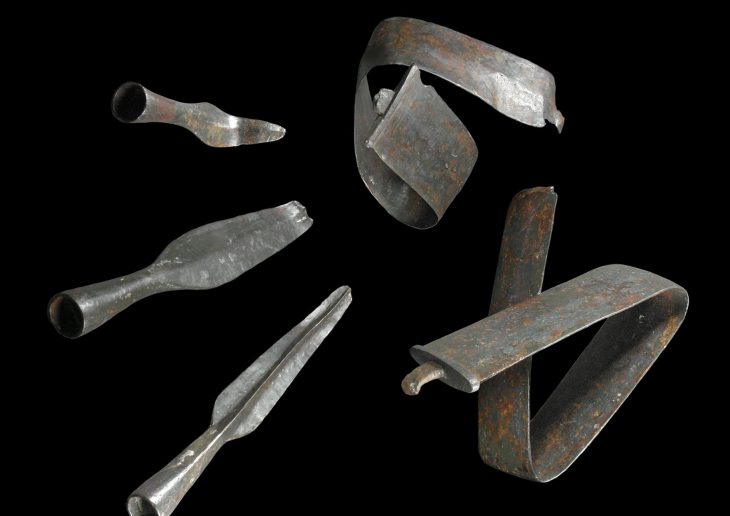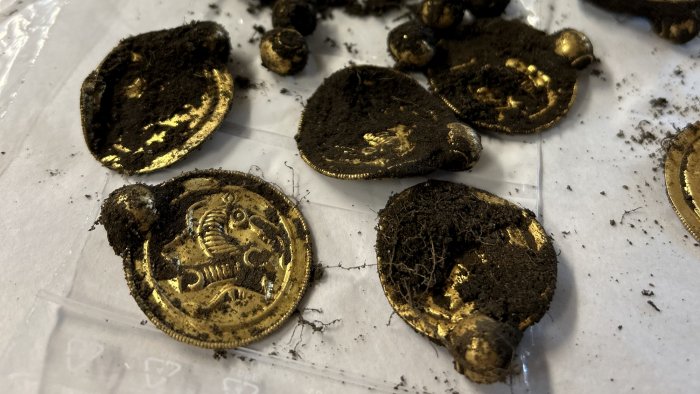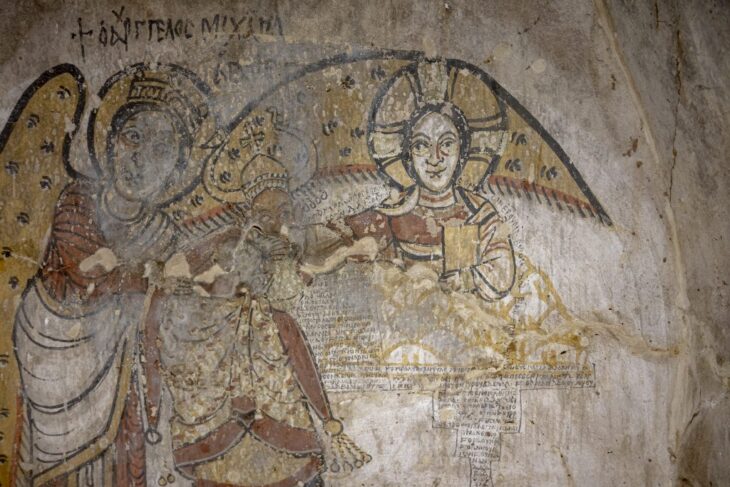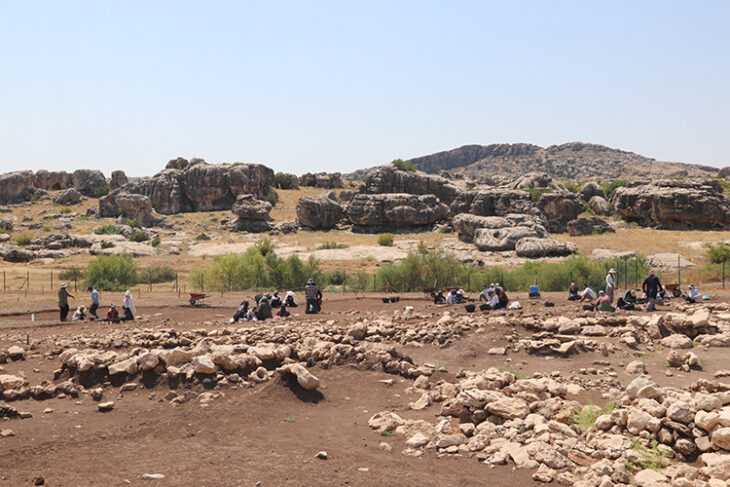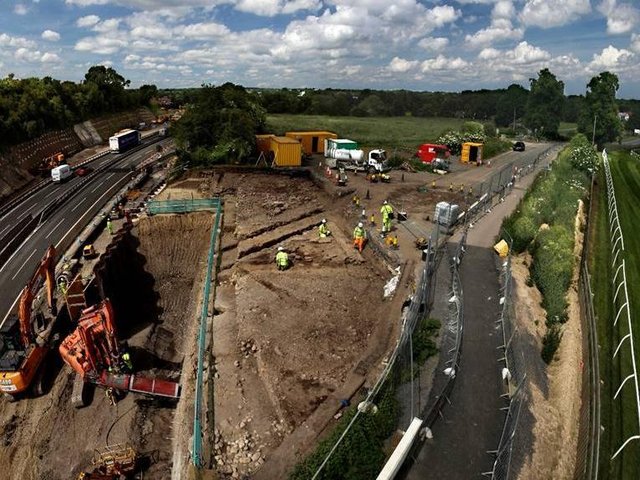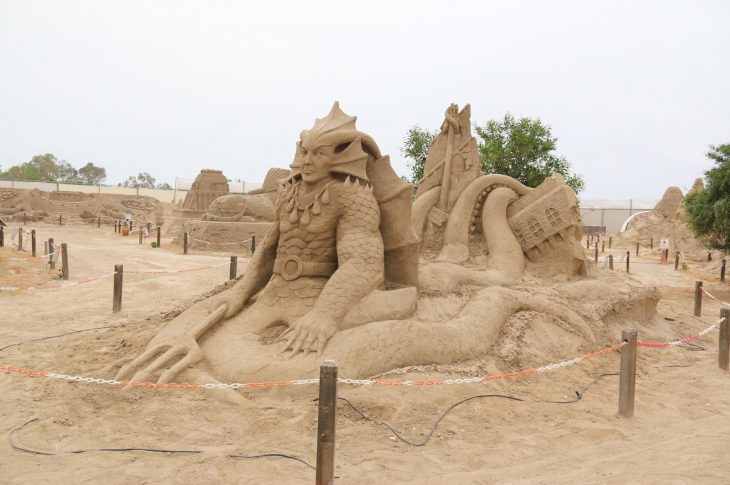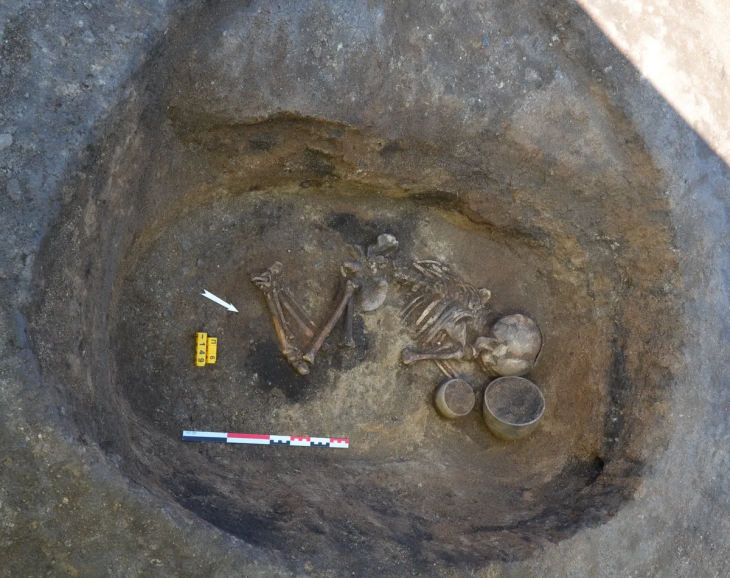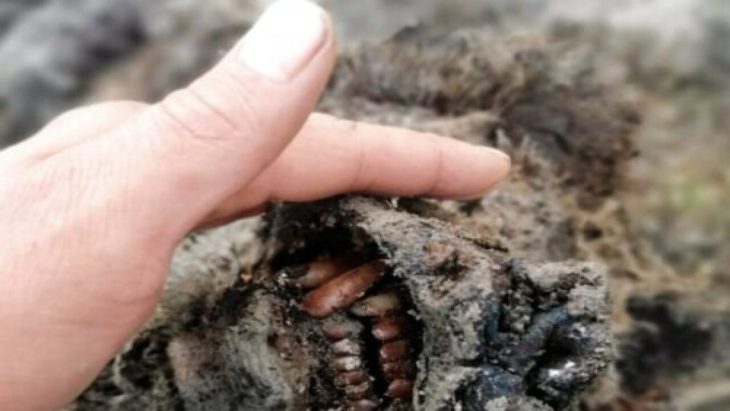A rare Roman-era marble sarcophagus featuring a vivid scene of a mythological drinking contest between Dionysus, the god of wine, and the legendary hero Hercules has been unearthed in Caesarea. This exceptional find, the first of its kind in Israel, was revealed during excavations by the Israel Antiquities Authority (IAA) in collaboration with the Caesarea Development Corporation.
Located on Israel’s Mediterranean coast, Caesarea was a major port city built by Herod the Great in the first century BCE and named in honor of the Roman Emperor Augustus. As a cultural and economic hub of the Roman and Byzantine periods, the city is rich in archaeological treasures — from aqueducts and amphitheaters to elaborate mosaics and marble statues.
The sarcophagus, intricately carved and partially buried under dunes, was uncovered by archaeologists Nohar Shahar and Shani Amit, who described the moment as “like a scene out of a movie.” As they brushed away the soft sand, what emerged were elaborately sculpted figures — gods, animals, trees — culminating in a full, intact panel depicting Hercules reclining on a lion skin, raising a drinking cup.
A Masterpiece of Roman Funerary Art
The sarcophagus, believed to date back to the 2nd or 3rd century CE, was transported to IAA’s conservation laboratories, where experts painstakingly restored and reassembled the fragments. The restored scenes reveal Dionysus surrounded by mythological beings including Maenads, satyrs, Hermes, Pan, lions, and tigers — all portrayed in celebration, possibly symbolizing the deceased’s journey into the afterlife.
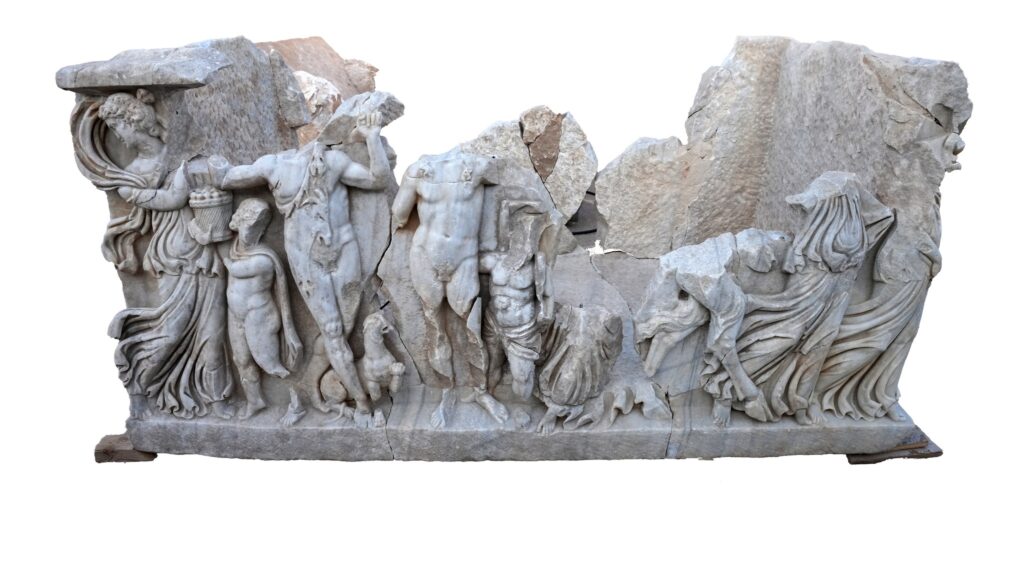
“This is the very first time the Dionysus and Hercules wine competition scene has been found on a burial coffin in our region,” said lead archaeologist Nohar Shahar. “While the god Dionysus is a common motif in Roman sarcophagi, this particular depiction of a drinking contest was previously known in mosaics from cities like Zippori and Antioch, not in sculpted funerary art.”
📣 Our WhatsApp channel is now LIVE! Stay up-to-date with the latest news and updates, just click here to follow us on WhatsApp and never miss a thing!!
Interestingly, Hercules appears defeated, lying back in a state of inebriation — clearly outdone by Dionysus. “This likely reflects the Roman view of death not as an end, but a transformation — a release into a new phase of existence,” added Shahar.
Expanding the Archaeological Map of Caesarea
The sarcophagus was discovered outside the known boundaries of Caesarea’s city walls, indicating that the ancient city was more expansive than previously believed. This opens new possibilities for future excavation and research.

Public Unveiling and Lecture
The restored sarcophagus will be presented to the public at a lecture on Thursday, June 12, 2025, at “The Feast” conference, held at the Eretz Israel Museum in Tel Aviv. Hosted in collaboration with Tel Aviv University and Bar Ilan University, the event will explore the symbolism of feasting in the ancient world.
“This thought-provoking discovery reflects how life, death, and the afterlife were perceived in Roman culture,” said Eli Escusido, Director of the Israel Antiquities Authority. “Thanks to meticulous conservation, we look forward to sharing this extraordinary piece of Israel’s heritage with the public.”
Cover Image Credit: Israel Antiquities Authority

